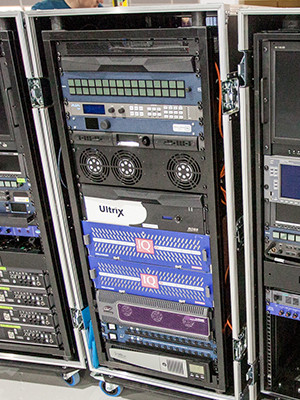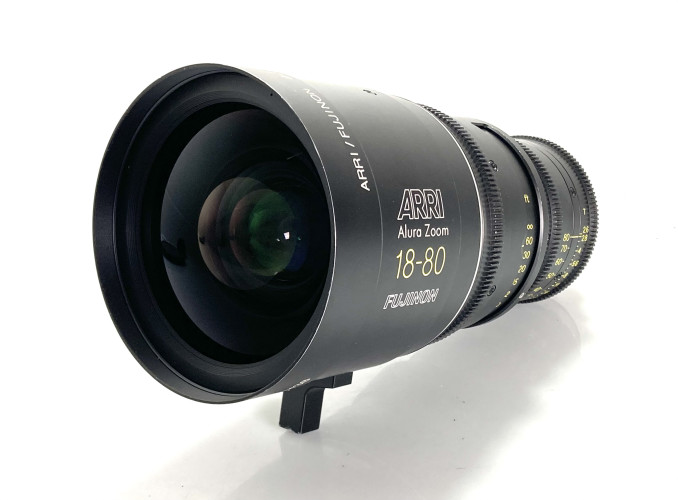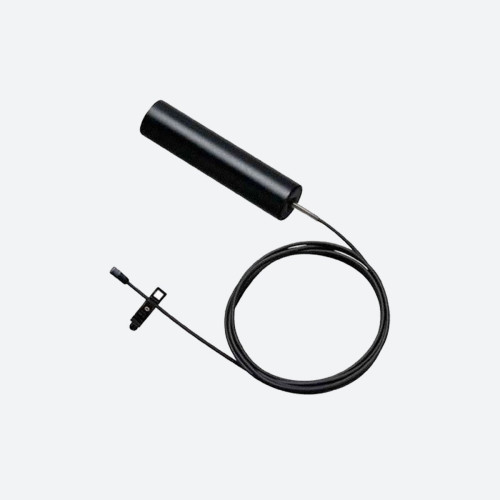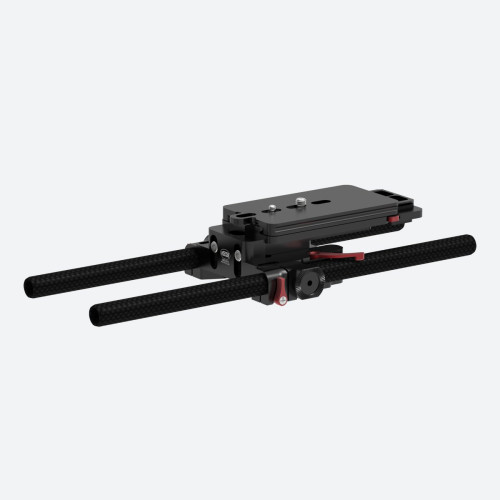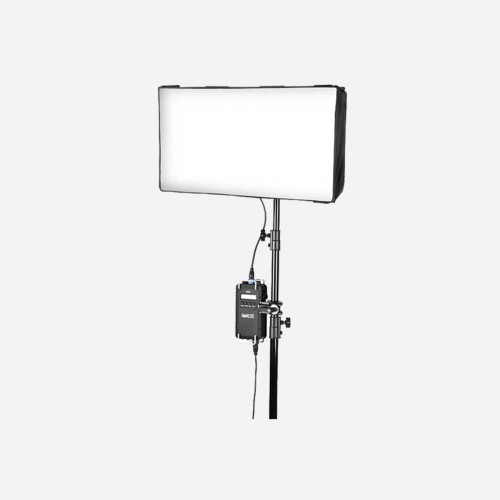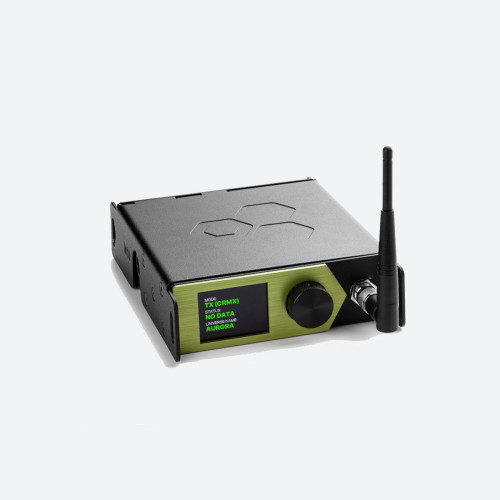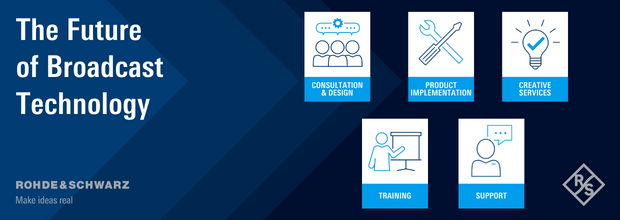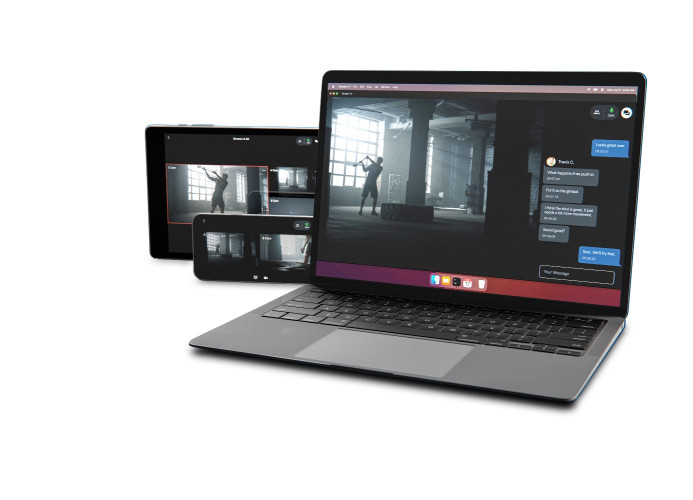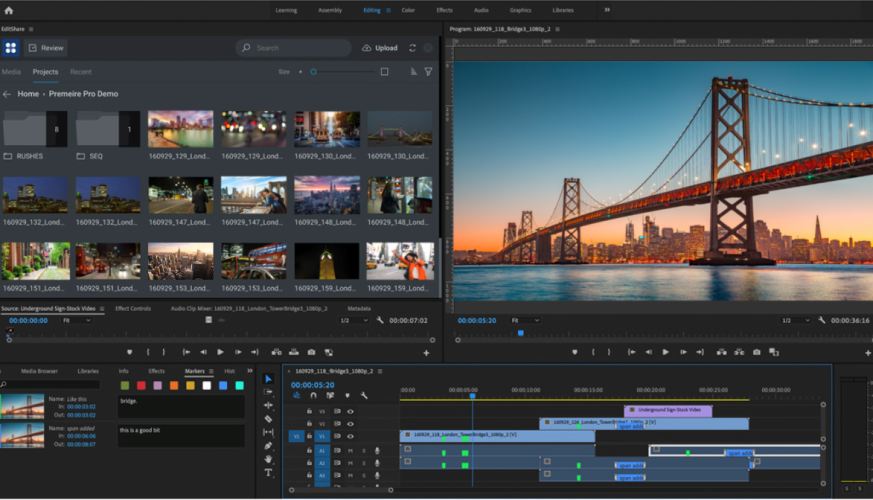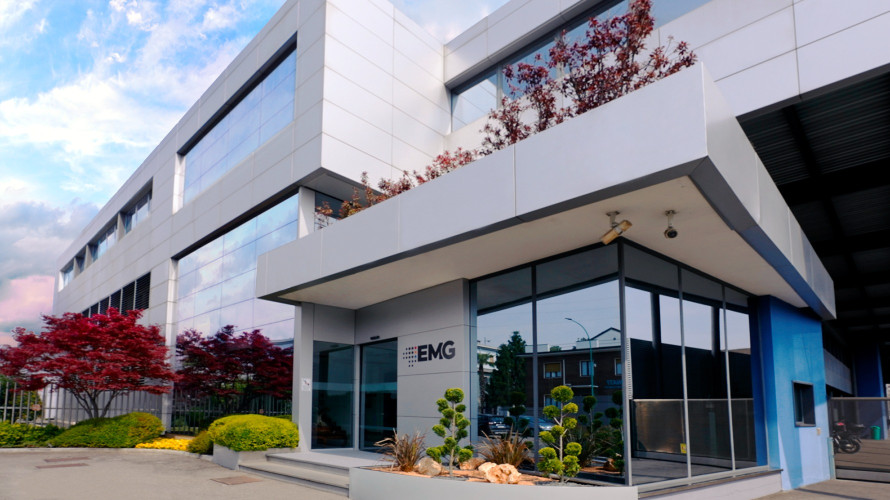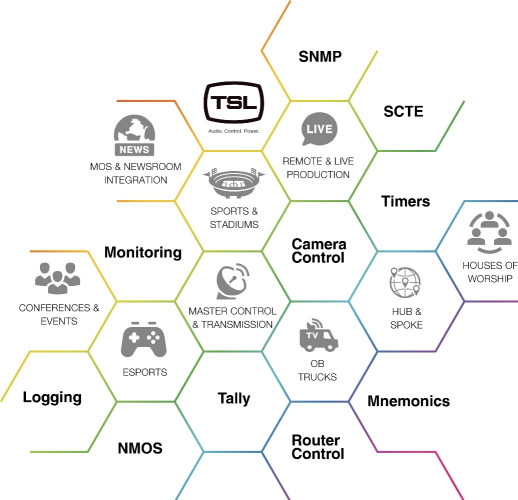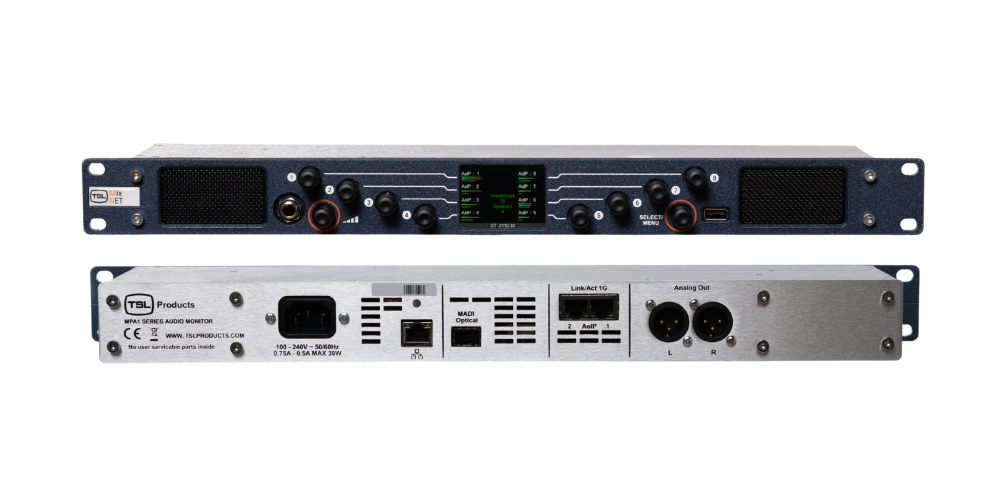Routing control sits at the very heart of all advanced control systems. A well-configured system that manages signal routes throughout a facility and groups multi-level actions into a single control surface allows for much richer and focused production. Using one-touch panels, operators could route video, audio and data signals between the various elements of a network, perhaps to route a camera signal to a vision mixer, as well as through other processors, before it arrives at its destination. Users could adopt routing control to trigger an external event, a complete reconfiguration of a multi-router setup, route several sources simultaneously, or make set routes or multiple routes via a single button press.
When working with such flexible and open systems, users armed with the right knowledge can implement the full capabilities of the system and maintain complete ownership. Since each production has its own workflow, this knolwedge helps engineers understand how the system can be configured to assist with existing and future projects, and how to improve production value by giving operators focused and tailored controls of the system.
As the continued pressure on production budgets tighten and the move to remote production accelerates, broadcasters of major events are seeking solutions that are quick to implement and versatile enough to allow users to take control of their kit and configurations to maximise their resources. Remote production is a maturing technology and is specifically attractive for news and other live productions. Benefits of remote production include a substantial decrease in human error and increase in operational cost savings. Therefore, a control platform should provide customers with a reliable solution that simplifies and expedites remote command and control over production capabilities by offering advanced device routing and interfacing. By using powerful control tools built on an open library of protocols and a powerful logic-based processor, local production teams in particular can take control of devices located anywhere, allowing them to save valuable time and investment.
TSL Products’ advanced control solutions feature powerful router control functionality that offer the flexibility needed to build appropriate signal paths for any given operation. For recent users, including RaceTech UK and ES Broadcast, TSL’s TallyMan has proven reliable as it demonstrates the power of the system’s capabilities beyond tally and naming functions. TallyMan has become a popular go-to solution for delivering completely customizable control systems as it allows users to streamline complex processes down to a user-friendly touch screen system.
For RaceTech UK, TallyMan successfully addresses some particularly complex logic requirements. The capabilities of the touchscreen virtual panels rendered the system a strong foundation for this project, and the end-result is a versatile implementation to deliver full signal flow management. Additionally, automatic audio-follow-video across different manufactuerer’s devices from a single control surface made it possible to select the equipment that most closely matches RaceTech’s requirements.
In 2019, ES Broadcast, on behalf of Creative Technologies, whose client roster includes iconic sporting events such as The Wimbledon Championships and the Ryder Cup, as well as live music events, deployed the TallyMan Control System for three UHD Portable Production Units (PPUs) and one HD 3G PPU. The new PPUs were designed to combine cutting-edge technology with simplified operability, and a familiar system architecture that allows engineers to easily transition between new and existing systems. All four PPUs feature a Ross Ultrix FR2 12G UHD routing platform, with full Demux/Mux, frame-syncs, multi viewers and gear boxing. In each unit, the Ultrix router is controlled by TSL’s TallyMan.
Alongside remote production, the move to IP is raising big questions around the move to edge device control. This requires a whole new set of standards and the need for interoperability, which is being researched through the work of the AMWA / NMOS initiative, of which TSL is an active member. It goes without saying that the move to IP can’t be ignored and that ‘one size fits all’ tools no longer provide the versatility customers require. More than ever before, those involved in production and distribution need solutions where functionality can adapt and grow over time, whilst maintaining a user-friendly experience, regardless of the advances in underlying technology.
Products and solutions that support both traditional and IP infrastructures and workflows will help ease this transition. It is of utmost importance for manufacturers to listen to customer feedback and their evolving needs to ensure broadcast control solutions are adapting along with their changing workflows. Companies must continue to design products and solutions that support IP infrastructures and embrace emerging technologies, whilst also offering the support for existing and proven standards, therefore future-proofing customer’s investments for years to come.





